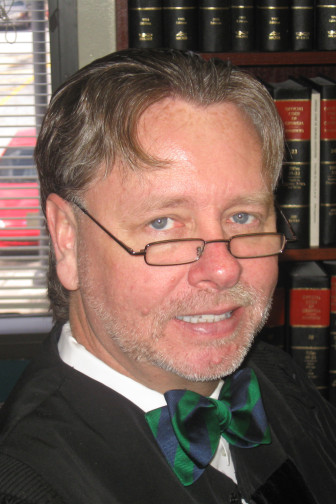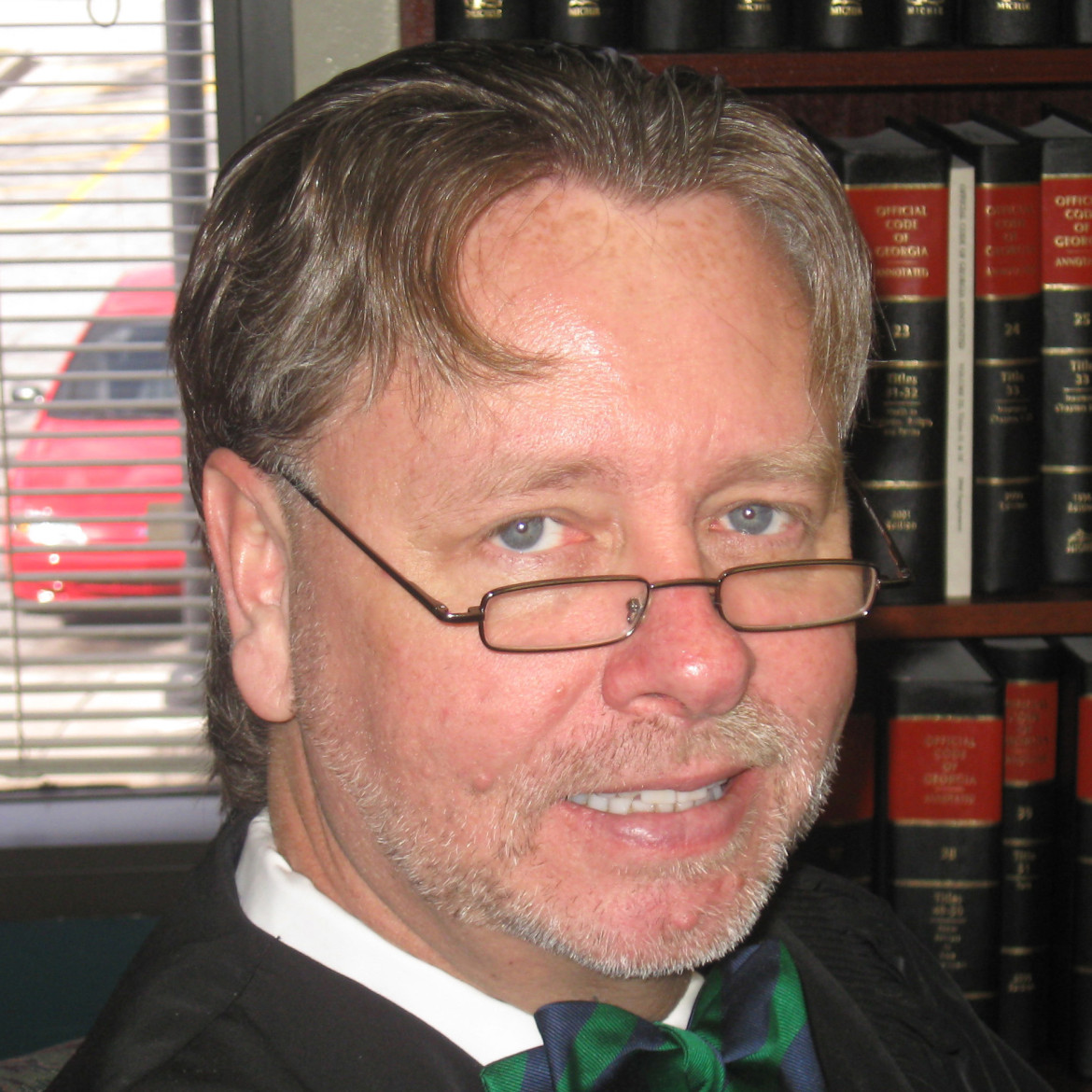 Many entering the field of juvenile justice are like newborns with a tabula rasa of empirical knowledge around what works.
Many entering the field of juvenile justice are like newborns with a tabula rasa of empirical knowledge around what works.
Despite their lack of knowledge, they enter this field with lots of opinions about what works. These opinions make as much sense as calling a pig a horse and then trying to ride it.
The key question is how to move the“opinionated” to the “educated” and better yet, keep the untrainable from getting in — or we risk their opinions becoming our reality.
This risk became a reality in the ’70s when sociologist Robert Martinson published an essay about rehabilitation dubbed “Nothing Works.” This essay resulted in a call to arms among other researchers to prove Martinson wrong, which led to empirical studies that identified a plethora of programs that do work.
Martinson would change his position, but not without causing serious damage that would decrease treatment and increase unnecessary incarceration. Unfortunately, the damage was so extensive that little attention was given to his enlightened change and within a year he took his own life.
It has taken many researchers and many years to rehabilitate the model of rehabilitation, but I suspect had Martinson not questioned the rehabilitation model, our knowledge of what works would have come later rather than sooner.
The few blessed to have been exposed to this empirical research are often frustrated by the “unblessed” who never get it because their punitive stance unwittingly makes kids worse. Ironically, they’re the ones who are the self-proclaimers of community safety, but in ignorance act contrary to public safety.
Some of these unblessed who enjoy the hammer might as well pee on my leg and tell me it’s raining when they pitch anecdotal stories about how incarceration saved a status offender to justify detention for almost everybody when the studies say otherwise.
I emphasize the words “who never get it” because I am convinced that although many come to juvenile justice with a tabula rasa on “what works,” most do get it when exposed to the studies.
The real question is what do they do with it once they get it — and here lies the rub!
At the risk of overgeneralization, judges and administrators can fall into one of three typologies on rehabilitation. Knowing these typologies, the group dynamics and how they interrelate can prove constructive in deciding what the system should look like to support what works.
There is the Enlightened Minority — those who are not only open to the gospel of best practices, but willing to be risk-takers to preach, teach and practice it.
There is the Silent Majority — those who get the gospel, but remain in hiding or speak the gospel only among those in their circle of trust for fear that the electorate or appointing authority will “stone” their professional career for uttering liberal-looking “soft on crime” correctional ideology. Some of these “silencers” speak with a forked tongue depending on their audience — a paradox I can understand, but not one that is forgivable at the end of the day by those kids harmed by one’s sin of silence.
Then there are the Traditionals, or the opinionated, who subscribe to the punitive model despite the lack of evidence that it works and can be harmful. For many their opinions are what Plato referred to as the “medium between ignorance and knowledge” — except it’s a harmful medium. For others it’s believing in a lie to keep a job despite the numerous polls showing that citizens overwhelmingly favor community-based treatment over incarceration.
A phenomena occurs among the last two groups that I have dubbed the Damascus Experience — the sudden transformation in beliefs named after the biblical story of Paul who experienced a revelation while on the road to Damascus.
This experience happens more often than we may think. For that reason the Enlightened Minority should never surrender their efforts to proselytize and convert others.
When we began reform, I was met with resistance from a judge and a probation officer. The judge was a Traditional, a true believer in the punitive model. She once high-fived the prosecutor when the detention facility exceeded capacity — kids slept on the floor.
In her attempt to derail reform, she requested a recidivist study that revealed that the reoffense rates of kids punished in her court exceeded the rates of those kids treated in my court.
On her road to Damascus to destroy the Enlightened, she had a revelation. She then joined the Juvenile Detention Alternatives Initiative effort to reduce the average daily detention population from 72 to 10.
While I was dealing with the judge on one front, a probation officer was attacking me on another in a memo blasting alternatives to detention. After what he described as a “come to Jesus” meeting, he left my office carrying a plethora of research. His readings with an open mind led him led him to his epiphany — that detention for most kids is harmful. The man who left my office with his head in hand is now my trusted chief of staff and a brilliant advocate for juvenile justice reform.
Miracles do happen and when they do, seize the day to change the organizational culture. When this occurs the opinionated newbies will be up against a culture of doing what works and not just a personality who believes in what works.
This carpe diem of cultural change can be the vaccine that kills any outbreak of a Martinson strain that threatens what works.
Steven Teske is chief judge of the Juvenile Court of Clayton County, Ga., and vice chairman of the Governor's Office For Children and Families. He is a past president of the Council of Juvenile Court Judges and has been appointed by the governor to the Children & Youth Coordinating Council, DJJ Judicial Advisory Council, Commission on Family Violence, and the Governor's Office for Children and Families.
